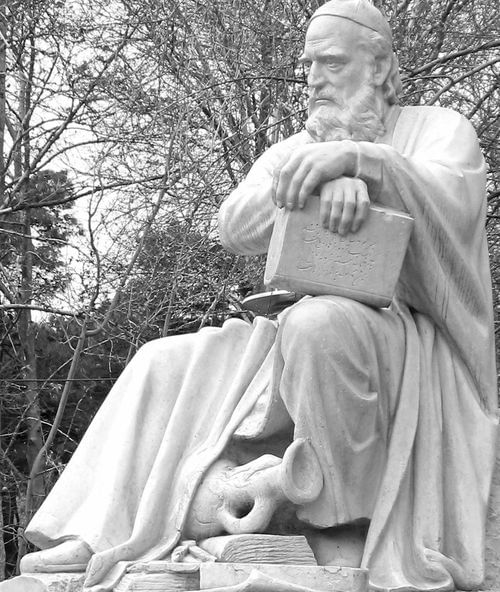
Photo Attribution: Alireza Javaheri, CC BY 3.0 https://creativecommons.org/licenses/by/3.0, via Wikimedia Commons
Omar Khayyam
This example has been viewed 935x times
Summary
Rodden Rating
Analysis for Omar Khayyam
Biography
Ghiyāth al-Dīn Abū al-Fatḥ ʿUmar ibn Ibrāhīm Nīsābūrī[3][4] (18 May 1048 – 4 December 1131), commonly known as Omar Khayyam (Persian: عمر خیّام),[a] was a Persian[5] polymath, known for his contributions to mathematics, astronomy, philosophy, and poetry.[6] He was born in Nishapur, the initial capital of the Seljuk Empire. As a scholar, he was contemporary with the rule of the Seljuk dynasty around the time of the First Crusade.
As a mathematician, he is most notable for his work on the classification and solution of cubic equations, where he provided geometric solutions by the intersection of conics.[7] Khayyam also contributed to the understanding of the parallel axiom.[8]: 284 As an astronomer, he calculated the duration of the solar year with remarkable precision and accuracy, and designed the Jalali calendar, a solar calendar with a very precise 33-year intercalation cycle[9][10]: 659 that provided the basis for the Persian calendar that is still in use after nearly a millennium.
There is a tradition of attributing poetry to Omar Khayyam, written in the form of quatrains (rubāʿiyāt رباعیات). This poetry became widely known to the English-reading world in a translation by Edward FitzGerald (Rubaiyat of Omar Khayyam, 1859), which enjoyed great success in the Orientalism of the fin de siècle.
NB: May 18, 1048 Julian ~ May 24, 1048 Gregorian
Source: https://en.wikipedia.org/wiki/Omar_Khayyam
Raw Data
Horoscope Data
Comments
Natal Data
1048-05-24 00:55:00 GMT
36° 12′ 47.5″ N 58° 47′ 39.4″ E
Neyshabur, Razavi Khorasan Province, Iran




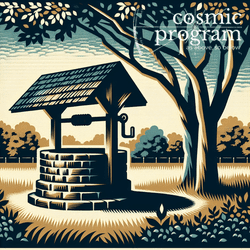































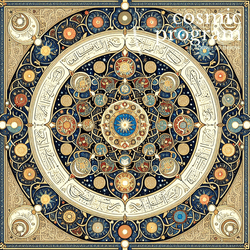
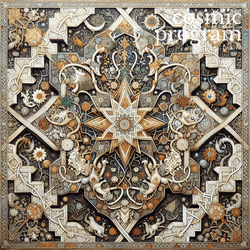

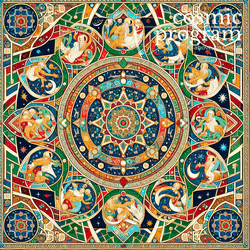

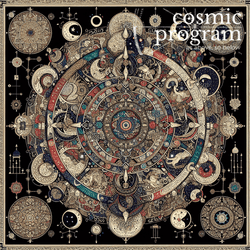
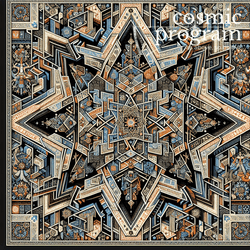
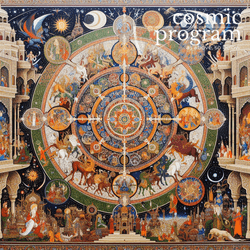




.jpg?bossToken=fa5e6394b6e33dda84cde9fd4376269f218ff844354b399376d6163db581d981)



.jpg?bossToken=d634fbe03c8d3b9180db809349bd0c990a3dd7716476e7cd9830ebe6100148c4)
.jpg?bossToken=ea16d1dc346e7f2f01c5d79baccb79067342b6ebee4cf7cfbff9bff85a9a2ed8)



